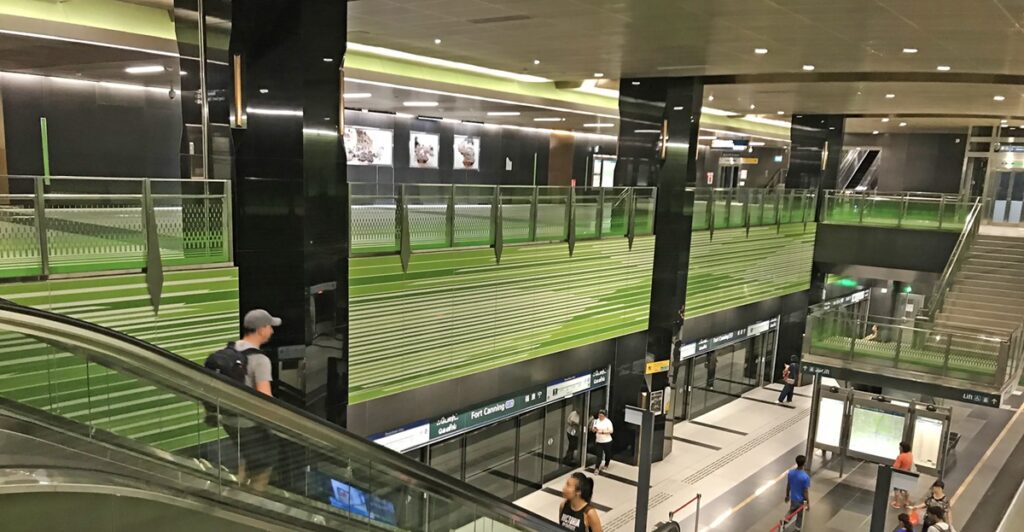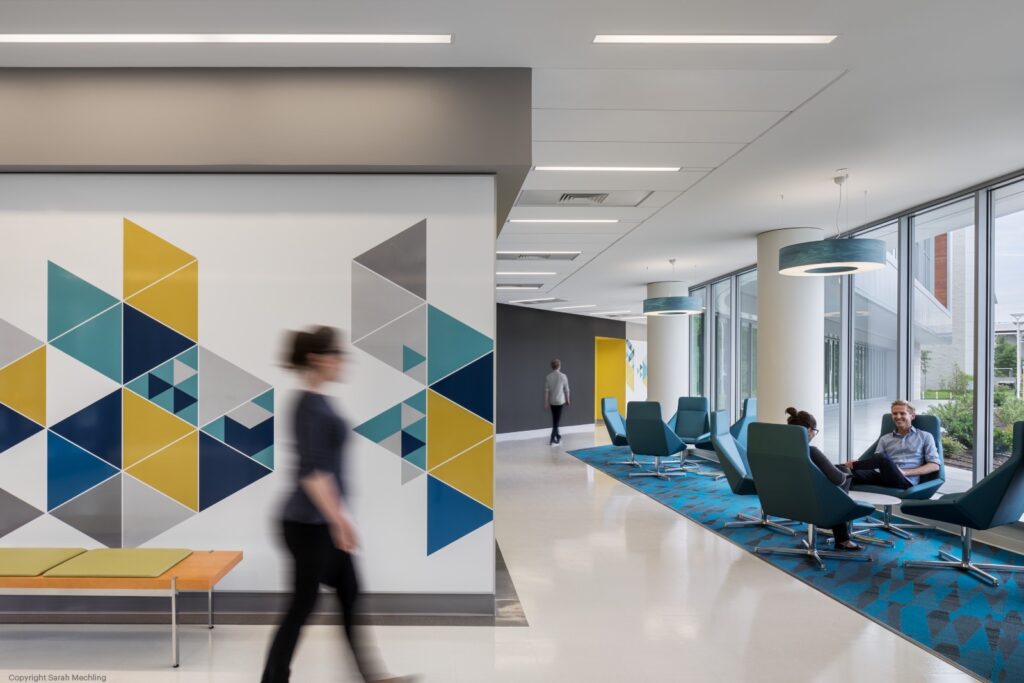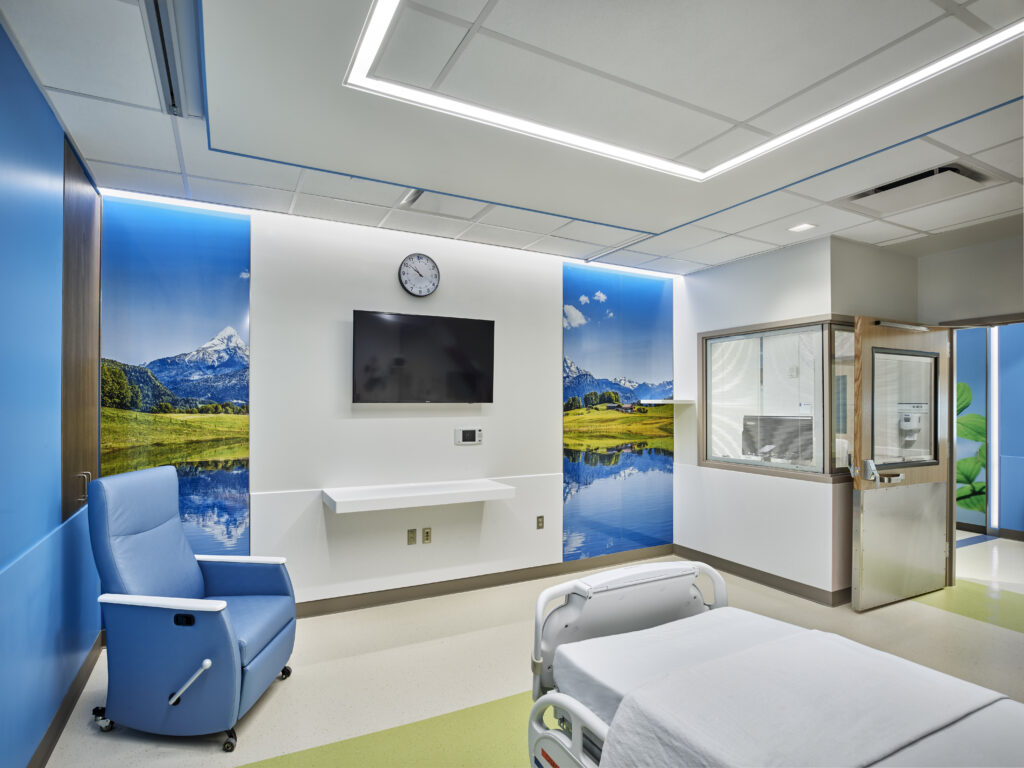Digital printing has evolved, and with it our expectations for quality. Gone are the days of pixelated portraits and grainy graphics; we now expect life-like clarity from digital printing technology. PolyVision has been mastering the printing process on CeramicSteel surfaces for more than 50 years through screen printing and now digital printing. The ability to print directly onto CeramicSteel brings several advantages and expands its range of creative uses, particularly in the realm of Experiential Graphic Design (XGD).
Experience is King
Formerly known as Environmental Graphic Design, XGD is a field dedicated to communicating important information in a visual way. Whether it is through design, image or text, XGD conveys the desired message and plays a vital role in how we interact with our environment.
PolyVision’s digital printing technology capabilities allow for customizable graphics not limited to photography, wayfinding, symbolism or branding. It can bring walls to life with images of nature or direct foot traffic as signage. In an age where experience is more important than ever, the capacity to act as a medium for a creative thought and be transformed into an “experiential” work of art with lasting quality, is the appeal of digitally printed CeramicSteel surfaces. Philippe Leynen, Business Manager EMEAR at PolyVision said “Even whiteboard wall solutions turn into a piece of art when not used, so the space becomes aesthetic as well as functional. Employees are the center of an organization and need the right tools to stimulate innovation. Because PolyVision has digital enamel printing capabilities, we have seen a major shift towards custom printed whiteboard solutions.”
Why it Lasts
Once printed onto CeramicSteel, an image becomes part of the surface and is therefore scratch resistant and colorfast. Digitally printed CeramicSteel is created with 100% inorganic material using colored frits (or glass particles) instead of paint, which is processed in the same way as standard CeramicSteel ensuring an evenly durable surface. Public spaces like hospitals, schools, public transit, walkways and corridors all benefit from the use of digitally printed CeramicSteel because of its time-tested durability. High-traffic and abuse are easily withstood – keys, sharp objects and impacts by passersby will not affect the surface finish. Its composition is made to last, while the printed imagery makes a high-definition impact year after year.
Functional Design
Since experiential graphic designs are most commonly used in public spaces for the general population, designers must carefully consider the medium for their designs based on how well they will withstand harsh environments and heavy traffic. Developed for demanding environments, digitally printed CeramicSteel is resistant to graffiti, chemicals and fire. It cleans easily and won’t stain or mar – even regular cleaning with strong solutions will not fade or discolor the surface. Metro stations prefer CeramicSteel for this purpose, allowing high-traffic areas to maintain a clean appearance. Because CeramicSteel is nonporous and inorganic, it’s also bacteria resistant – an ideal solution for hospitals where reduction of hospital-acquired infections is a priority, and with a magnetic surface, accessories are easy to remove for thorough cleaning.
According to the Society of Experiential Graphic Design, XGD “involves the orchestration of typography, color, imagery, form, technology and, especially, content to create environments that communicate.” XGD using CeramicSteel can be found across the globe.



